Glen Spey
Glen Spey is named after the River Spey in the region. It is one of the five distilleries in the city of Rothes.
| Information about the Distillery | |
|---|---|
| Scotland, Speyside | |
| -3.208161 57.526620 | |
| Active | |
| Diageo | |
| 1878 | |
| 1,400,000 l |
| Average tasting notes Tasting notes |
Calculated from 109
i
|
|
|---|---|---|
|
Nosing
Sweet:
Fruit:
Sweet:
Vanilla:
Vanilla:
Herbs:
Fruit:
Pear:
Chocolate:
Malt:
Oak:
Pear:
Herbs:
Spices:
Oak:
Pineapple:
Floral:
Pineapple:
Malt:
Caramel:
Sherry:
Zitrus:
Zitrus:
Tropical Fruit:
Caramel:
Banana:
Apple:
Apple:
Tropical Fruit:
Sherry:
Banana:
Chocolate:
Plum:
Grass:
Plum:
Grass:
Floral:
Berries:
Berries:
Spices:
Honey:
Nuts:
Grape:
Strawberry:
Lime:
Lemon Peel:
Orange:
Lime:
Orange:
Strawberry:
Lemon:
Lemon:
Herb:
Lemon Peel:
Peat Smoke:
Cake:
Coffee:
Heather:
Honey:
Peach:
Dark Chocolate:
Barley:
Coconut:
Barley:
Nuts:
Cake:
Alcohol:
Cherry:
Cherry:
Tasting
Sweet:
Sweet:
Oak:
Oak:
Nuts:
Spices:
Fruit:
Vanilla:
Oil:
Chili:
Chocolate:
Herbs:
Zitrus:
Zitrus:
Malt:
Caramel:
Vanilla:
Oil:
Herbs:
Caramel:
Fruit:
Chocolate:
Chili:
Malt:
Almonds:
Sherry:
Hazelnut:
Orange:
Pear:
Orange:
Floral:
Nuts:
Hazelnut:
Apple:
Almonds:
Floral:
Fig:
Fig:
Apple:
Grape:
Grapefruit:
Green Apple:
Pear:
Grape:
Grapefruit:
Green Apple:
Heather:
Banana:
Strawberry:
Banana:
Strawberry:
Spices:
Grass:
Pepper:
Peach:
Ginger:
Barley:
Berries:
Cake:
Barley:
Heather:
Hay:
Berries:
Grass:
Cake:
Plum:
Coffee:
Raisin:
Herb:
Hay:
Pepper:
Honey:
Peach:
Finish
Sweet:
Oak:
Sweet:
Fruit:
Spices:
Oak:
Fruit:
Vanilla:
Vanilla:
Nuts:
Malt:
Caramel:
Zitrus:
Caramel:
Zitrus:
Chocolate:
Lemon Peel:
Oil:
Lemon:
Chocolate:
Honey:
Lemon Peel:
Honey:
Lemon:
Oil:
Malt:
Herb:
Sherry:
Berries:
Banana:
Spices:
Berries:
Banana:
Coffee:
Pear:
Pear:
Chili:
Pineapple:
Black Currant:
Cherry:
Fig:
Peat Smoke:
Dried Fruit:
Plum:
Nutmeg:
Cherry:
Fig:
Alcohol:
Floral:
Herbs:
Coconut:
Black Currant:
Barley:
Walnut:
Pineapple:
Raisin:
Ginger:
|
||
The Whisky
The Speyside distillery of Glen Spey has released only a handful of official bottlings during its lifetime, with the first one only appearing in 2010. Today, the only official bottling released is a 21 year old. The 12 years old of the Flora & Fauna series appeared in 2001 and was used by collectors as a replacement for an official bottling. Independent bottlings are slightly easier to source. The independent bottlings also offer a slightly larger age range. Douglas Laing has released a 15 year old and Duncan Taylor a 22 year old. Today, the primary function of the Glen Spey distillery is to produce Single Malt to be used in the J&B Blends, of which it is a significant component.
The Production
The distillery has a relatively small capacity, standing at 1.4 million liters a year. Glen Spey draws its water from Doonie’s Spring, which lies nearby. This water source has proved controversial in the past, as it is shared by a number of other neighboring distilleries, which not only drew water from the spring, but also discarded hot water that had been used to cool their pot stills into it. Today there are extremely tight regulations on the temperature at which water can be disregarded at, alleviating this cause of conflict between distilleries.
The Pot Stills
Glen Spey has two wash stills, each with a capacity of 12’000 liters and two spirit stills, which have a capacity of 7500 liters. Both the wash and the spirit stills have a lantern shape with a constricting neck. This shape causes reflux, which increases the efficiency of the stills and allows only the purest of alcohol vapors to pass through. In addition to this, the stills are also fitted with a purifier, which acts as a mini-condenser, increasing the “reflux” of the pot still. Today, Glen Spey is one of only two other Diageo owned distilleries (Glenlossie and Strathmill) to use purifiers.
The Maltings
Today, the maltings used in the production of Glen Spey are sourced from one of Diageo’s industrial sites. The distillery used it’s own maltings until 1969 -70, when the site went through an enormous reconstruction. The maltings used are unpeated.
The Warehouse
During the distillery’s extensive reconstruction between 1969 and 1970, the buildings that had once been used as the distillery’s maltings were converted into a racked warehouse. The majority of the neighboring distilleries use dunnage warehouses, which motivated the management of the distillery at the time to use an alternative method to set themselves apart. Glen Spey Single Malt is aged in a combination of Bourbon, Sherry and Hogshead casks.
History
Despite being a relatively small and obscure distillery, Glen Spey has a rich and intriguing history. Over the years, Glen Spey has shared the town of Rothes with four other distilleries: Glenrothes, Glen Grant, Speyburn and Caperdonich. Glen Spey’s production is relatively modest in comparison to its neighbors, which explains why it has gone relatively unnoticed for so long.
Glen Spey started its life as an oatmeal mill. It’s founder, James Stuart, was a corn merchant before he branched out into Whisky. The distillery was founded in 1878, with Stuart simply added the distillery’s equipment to the building. In 1887, it was sold to the London-based Gilbey Company, and despite a small fire in 1920, and expansion in 1969-70, went about its business relatively uneventfully for almost a century. The majority of the spirit produced at the site was used in Gilbey’s Spey Royal Blend, with no real official bottlings occurring.
In 1962, W&A Gilbey and Company merged with United Wine Traders, the owners of Justerini & Brooks, who were responsible for the production of J&B Blended Whisky. In 1970, the number of stills were increased from two to four, bringing the distillery’s production capacity to its modern-day level. Under the merge, Glen Spey became a major part of the J&B Blend. Glen Spey survived a series of corporate mergers in the late twentieth century, finally resulting in Diageo obtaining the site. 2001 was an important year in the history of the distillery, bringing the first official bottling – a 12 year-old, released as part of Diageo’s Flora and Fauna range.
Glen Spey also has the distinction of being the only Rothes distillery to boast a ghost. The story of the ghost dates back to the Second World War, when a solider posted at the distillery was tragically electrocuted in an accident. It is said that his spirit still roams the site at night.
Visitor’s Centre
Sadly, Glen Spey has no visitor’s centre and does not offer tours.
Glen Spey Distillery
Rothes
Aberlour
AB38 7AT

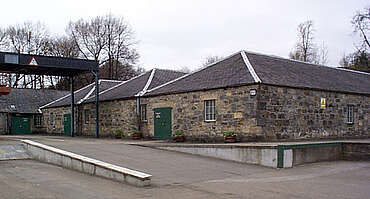
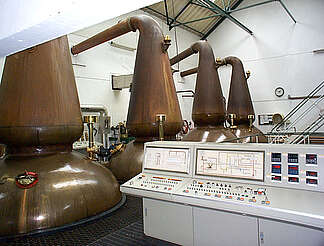
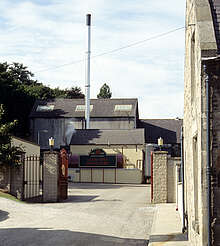
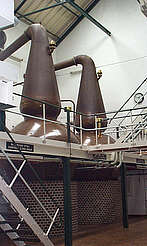
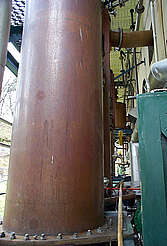
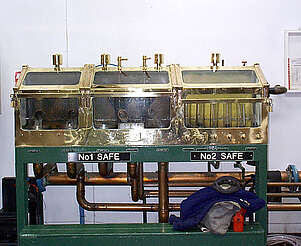
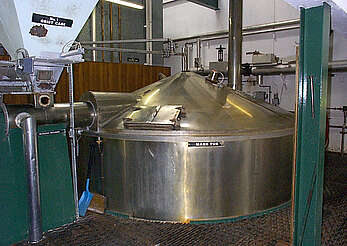
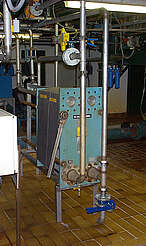
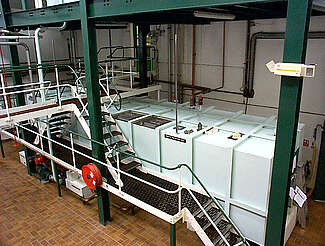
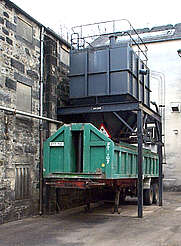
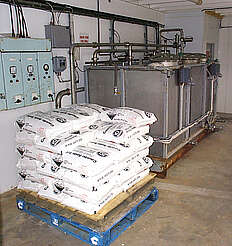
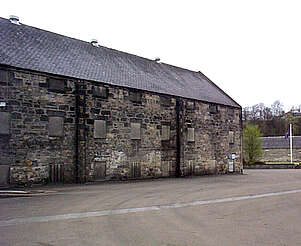
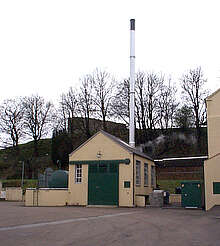
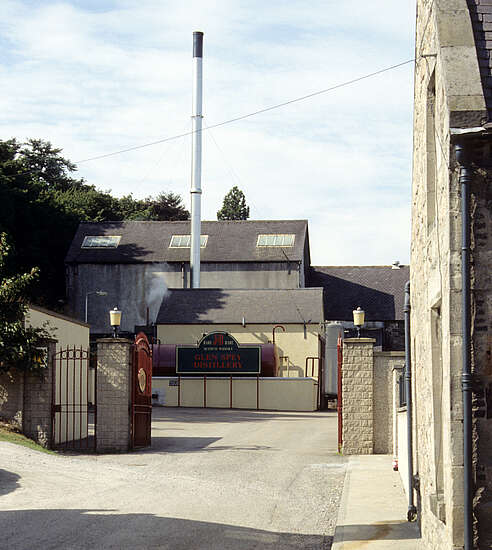
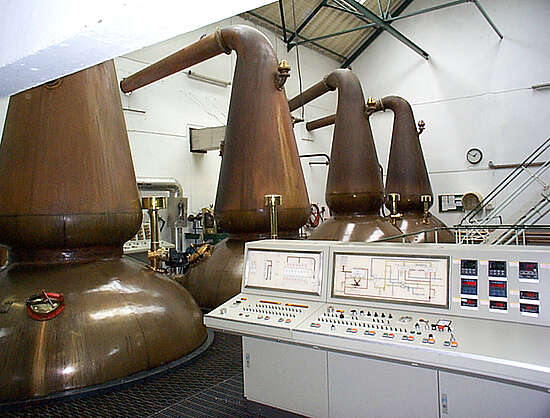
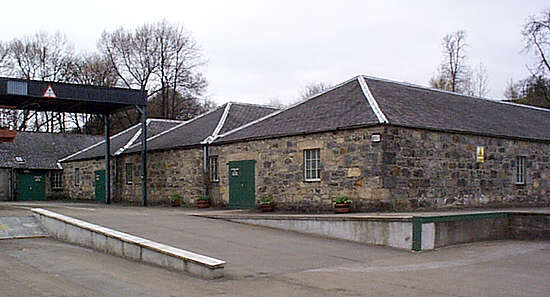

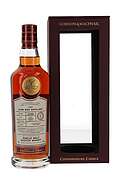
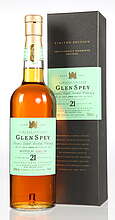
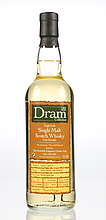
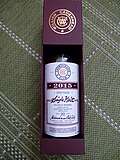
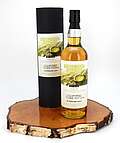
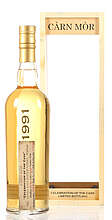
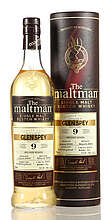
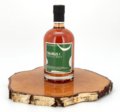
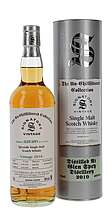



User Notes about the Distillery
Share your experience with other whisky lovers. Write a note about your trip to the Glen Spey distillery.
From the Widnes Examiner, 7th June 1901: "THE GLEN-SPEY DISTILLERY, Situated in the finest Whisky-producing District of Scotland, is the property of W. & A. Gilbey. This Whisky is made entirely from home-grown Barley and is kept absolutely unblended in Hi Majesty's Bonded Warehouses to mature, and sold by W. & A. Gilbey's agents in every town at 3s. 6d. per bottle."